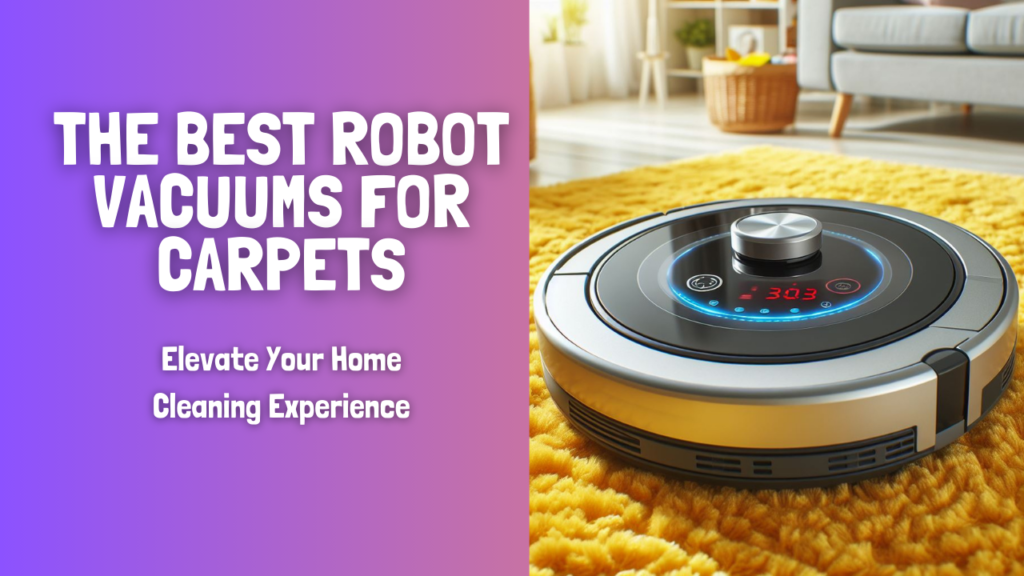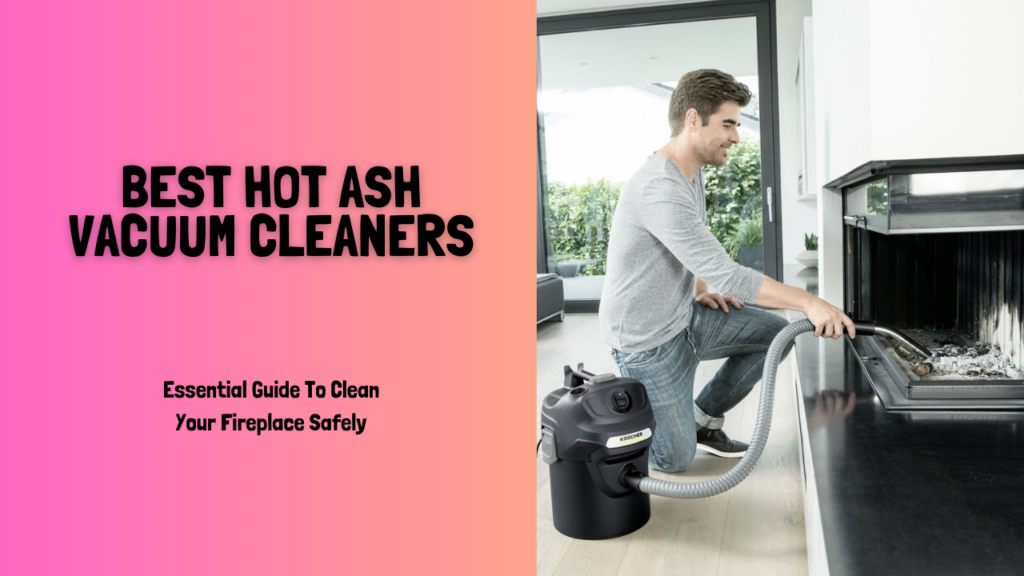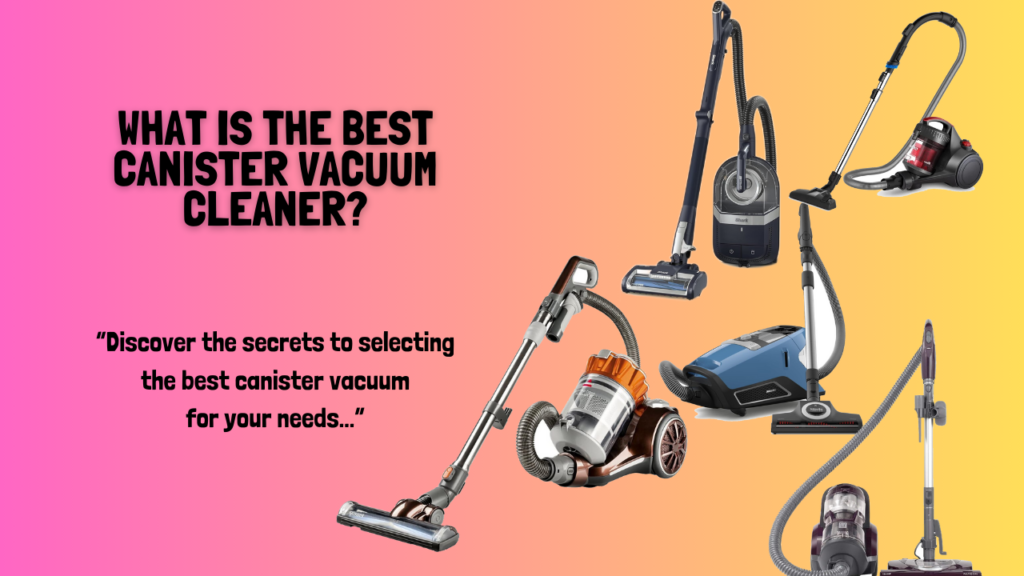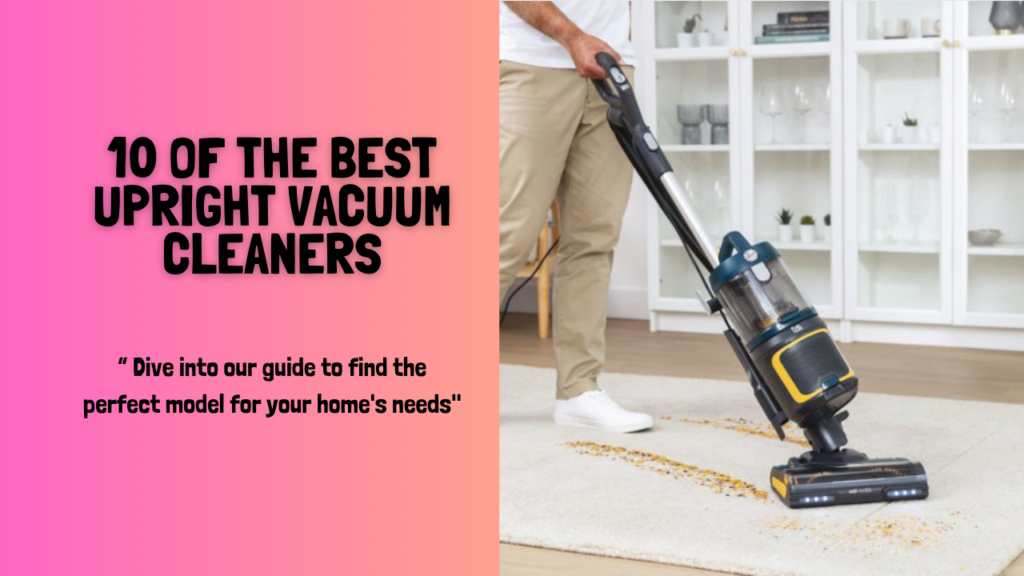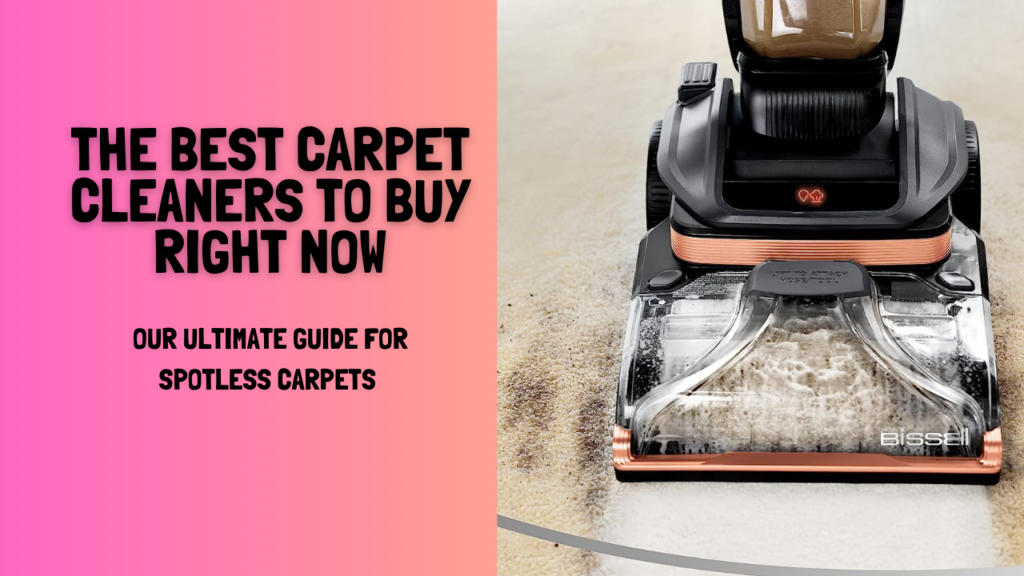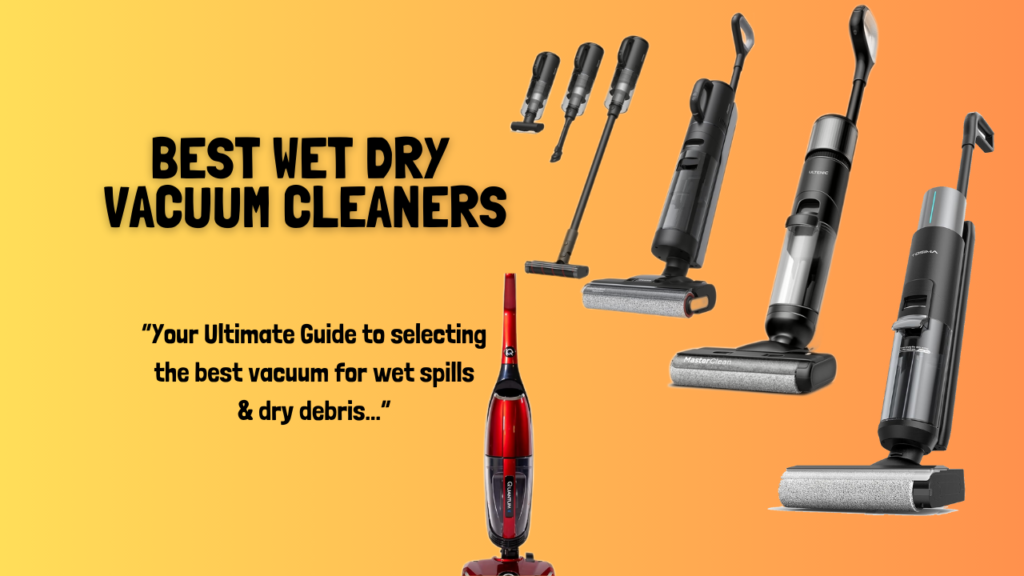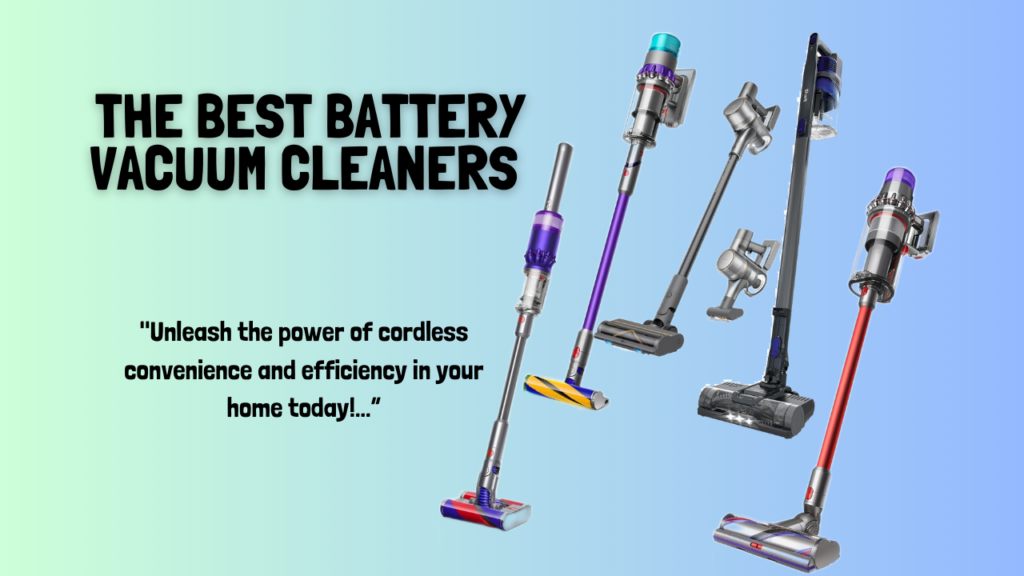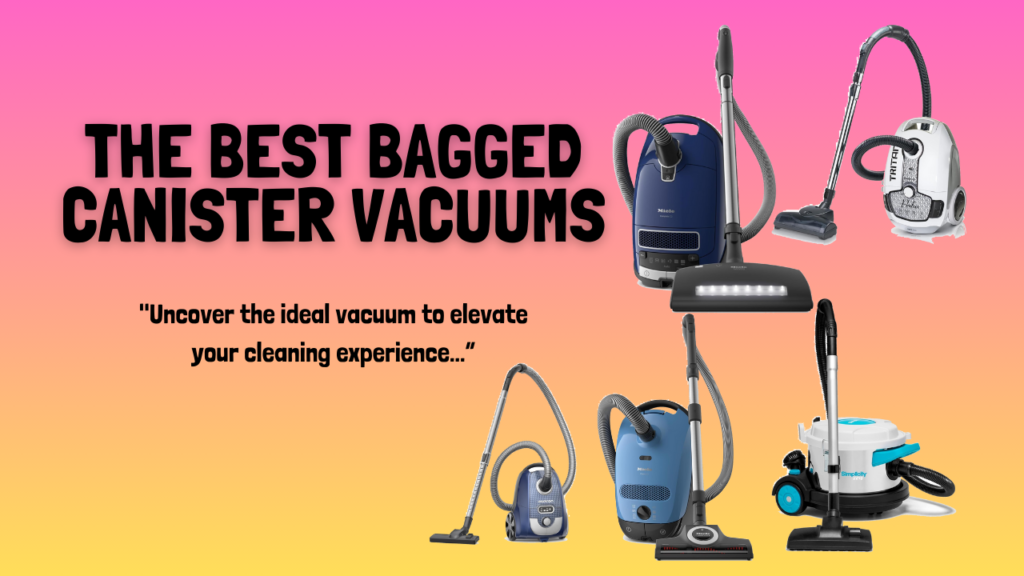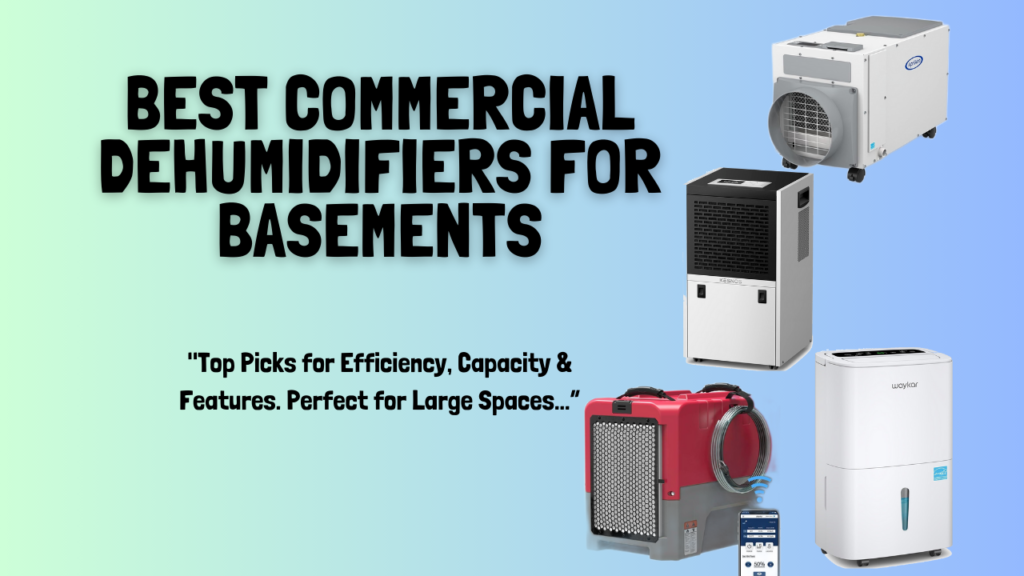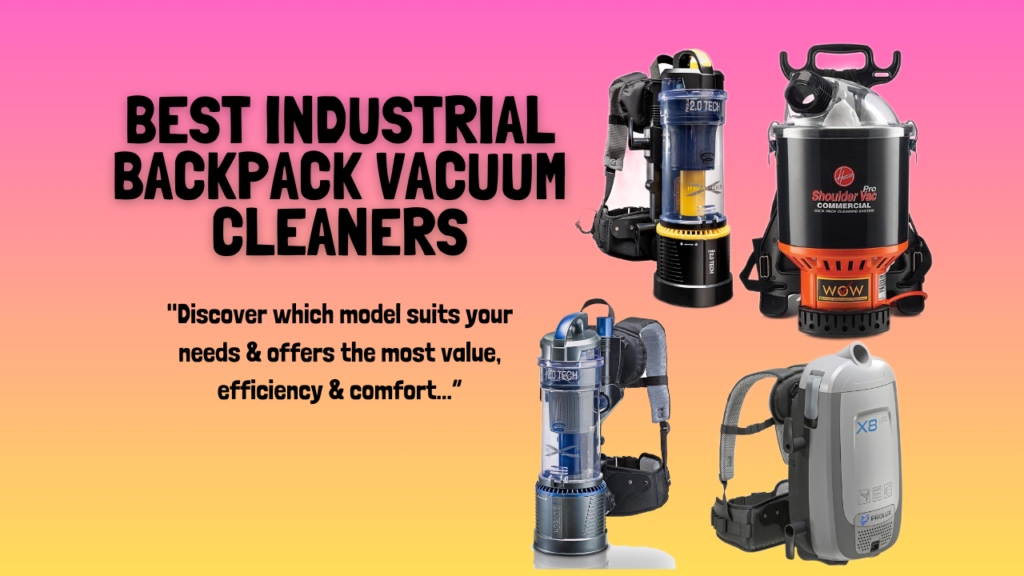Table of Contents
The weather is growing hotter, and utility bills are beginning to rise. Are you looking for strategies to stay cool while saving money? Thinking of buying an evaporative air cooler? You’ve arrived to the right location.
Many people use air conditioners, yet they are costly and harmful to the environment. Is there a viable, cost-effective alternative to air conditioning? A swamp cooler is exactly what it sounds like.
Here you’ll discover a thorough reference to these amazing household appliances, including what they are, what they do, and what to think about before buying one. Do you want to know more? Let’s get started!
What Is a Swamp Cooler?
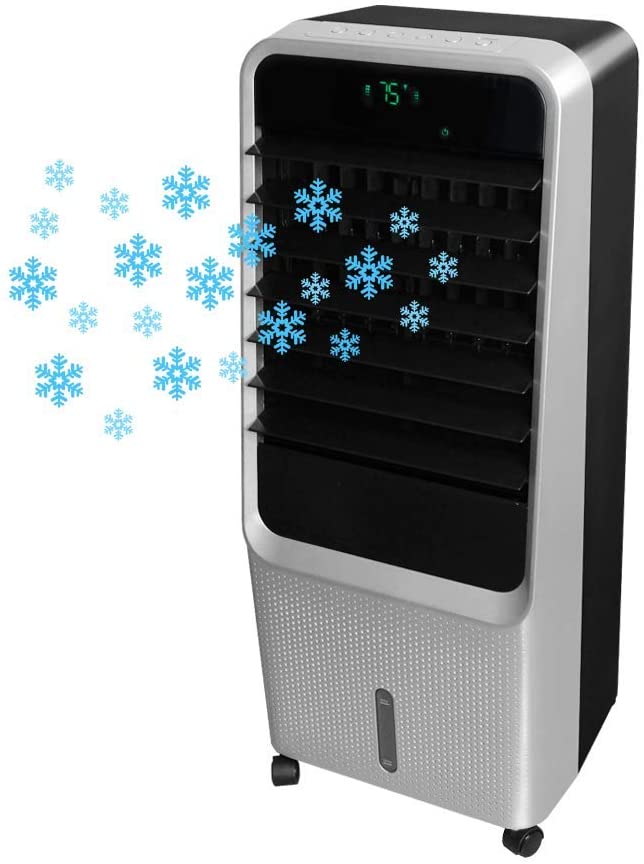
It’s a water-based cooling device that employs an age-old method. Wet bed sheets were employed in ancient Egypt to provide comfort from the sweltering temperatures. We now know, according to science, that a temperature differential produces a gentle breeze that cools the environment.
Isn’t it something you could do with a fan? No, because water is required to change the temperature. The two variables are combined in a swamp cooler, allowing you to reduce the intensity of the heat in its surroundings.
Recommended for You: Best Evaporative Air Coolers
How Does it Work?
Swamp coolers are based on one unique attribute of water: it can absorb a significant amount of heat before evaporating. The temperature of dry air can decline during the liquid-to-vapor conversion process. When it’s hot outside, most of us sweat to keep cool, and this helps the body cool down.
The swamp cooler’s make-up is straightforward. It features a built-in or detachable water container that may be refilled with a water bottle or direct from the tap providing your pipes are in good working order.
Certain configurations also allow you to connect it to a water pipe for a constant supply of water.
This feature is more beneficial in window swamp coolers and other large-space types.
What Makes Evaporative Coolers Great?
Air Quality
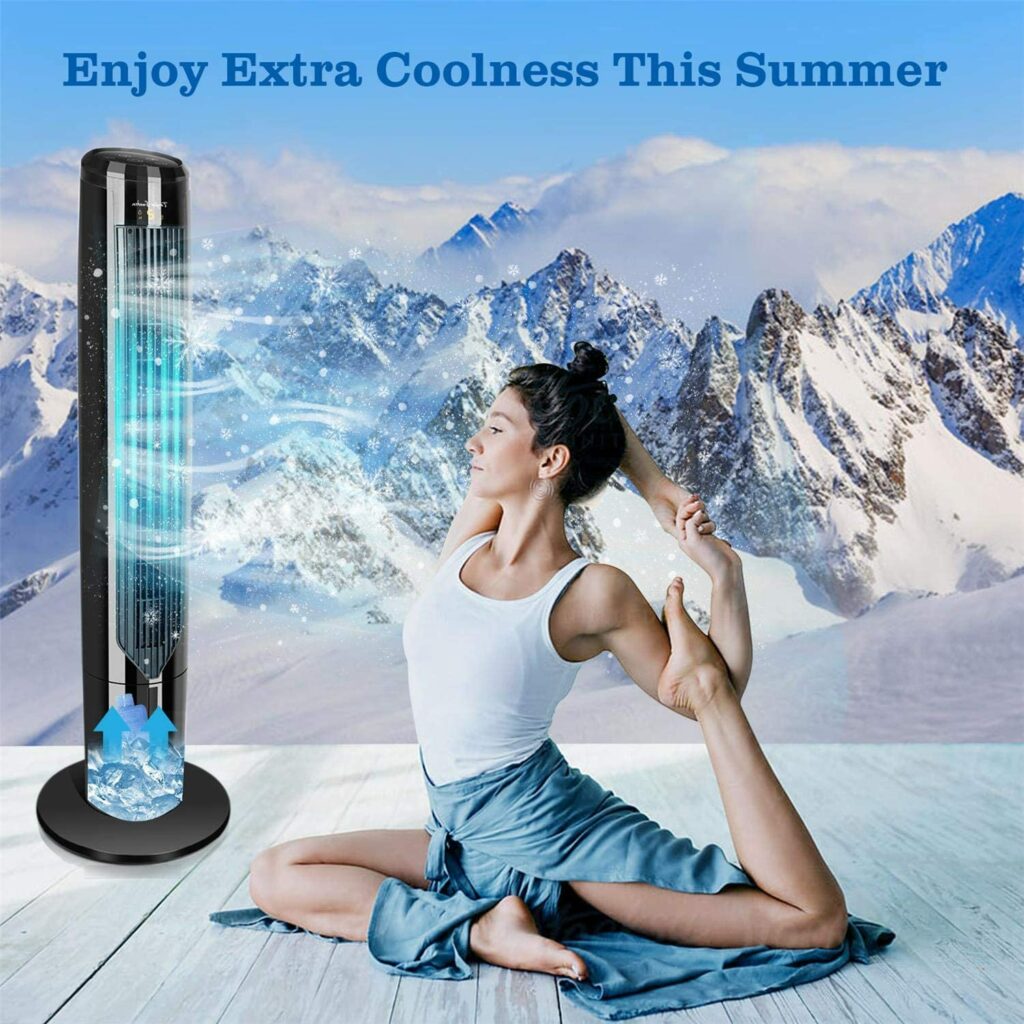
Evaporative coolers just use water, and as long as the water is of the same quality as the water you may drink, you should be ok. Water is effective in trapping dust, which aids in air purification. The gadget also adds to humidity, which is beneficial for keeping a healthy level indoors, thanks to the additional source of water.
Cost of Evaporative Coolers
In the summer, swamp coolers are a cost-effective option. When compared to traditional air conditioning, they save over 90% on energy expenses. Furthermore, air conditioners have high installation expenses, but evaporative coolers have low installation prices.
Furthermore, they are inexpensive to purchase. Just make sure you’re not getting the cheapest one. A high-performance, long-lasting swamp cooler in the intermediate price range will last you many seasons.
Installation is Simple.
The normal installation of a basic air conditioner is difficult, expensive, and impossible to complete on your own. Ductwork and refrigerant lines are required for the air conditioners, which must be installed by a licensed contractor.
Swamp coolers, on the other hand, only need to be plugged in and connected to a water source. This is significantly more cost-effective and accessible than hiring an expert and spending hundreds of dollars for their services.
Recommended for You: Best Portable Air Conditioners | Keeping You Cool Anytime, Anywhere
Range of Applications
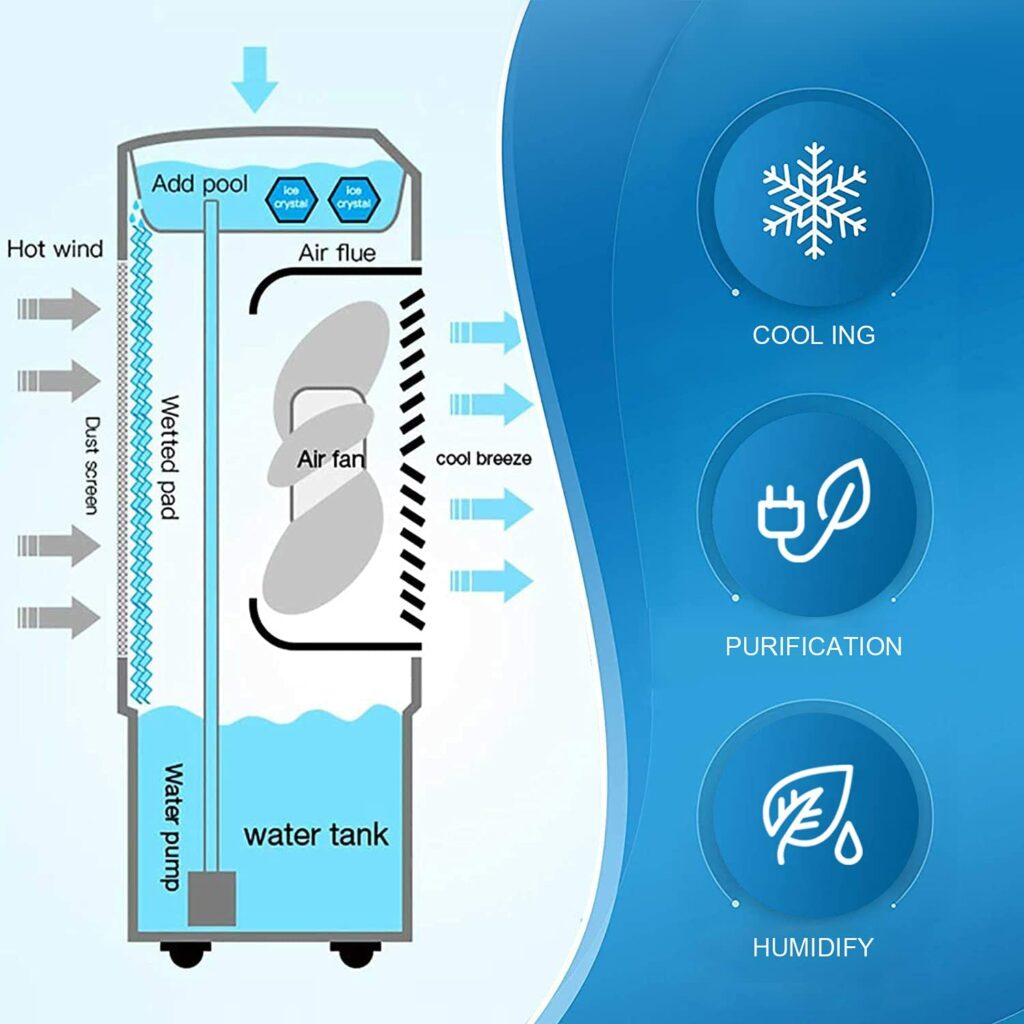
A swamp cooler can be utilized in any room, including your home or office. Some of the models are more substantial than others. It is not difficult to move swamp coolers on wheels, for example.
Swamp Coolers are especially useful in the summer, when the heat is intense and the air is dry. They can be used both indoors and outdoors. They can be your best friend in the backyard or on the patio just as much as they can be in your living room.
Swamp coolers can also be used in the commercial and industrial sectors.In hot, dry climates, swamp coolers are ideal because they provide moisture to the air.
Select the Best Combination of Features
Swamp coolers are often simple and lack a complex design. There are only a few essential features to consider when purchasing them:
- CFM rating – the amount of room it can efficiently cool down in cubic feet per minute. This has an impact on power consumption as well.
- Oscillation – the ability to shift from one side to the other, influencing a larger area.
- Controls – digital controls are available on some swamp coolers, while manual controls are available on others.
- Water Level Indicator – this will alert you when your cooler is running low on water.
Buying a Swamp Cooler: A Buyer’s Guide
Before we go any further, it’s important to note that, while swamp coolers are less expensive in the long term, they’re designed for hotter regions. Plus, there are so many different swamp cooler sizes and performance capabilities to choose from that there’s a lot to think about before you choose one that meets your particular tastes, space availability, and mobility needs.
Water Tank Capacity
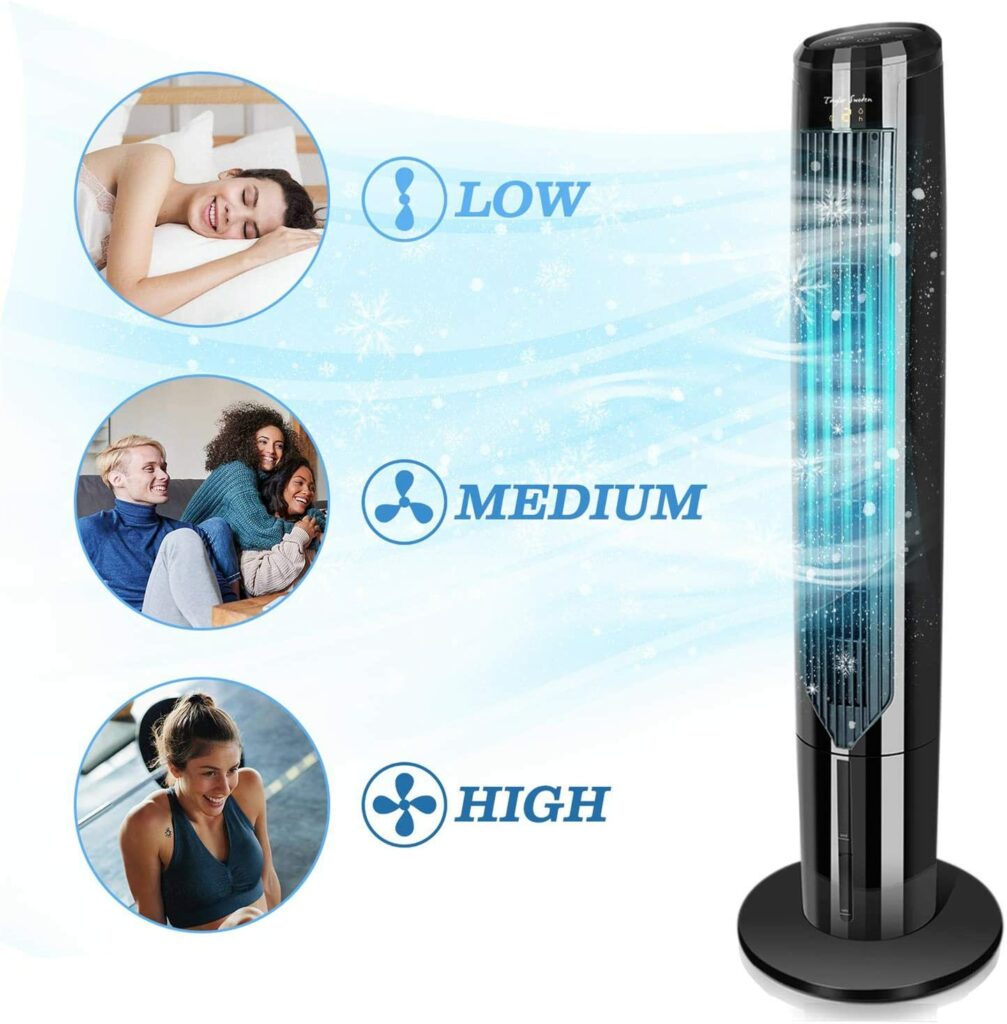
Consider an air cooler’s water tank capacity. The tank capacity gives you an indication of how big of a space the cooler can cool quickly.
Some room coolers and outdoor coolers come with a built-in continuous-water supply connector that lets you connect to your home’s water line for continual tank refills.
Check to See if It’s Appropriate for Your Climate
The most important element to consider before purchasing an evaporative cooler is whether or not your region’s climate is suitable for one. A swamp cooler is not the ideal option if you live in a humid climate because it adds moisture to the air.
If that isn’t an issue for you, these swamp coolers would make your summers wonderful, removing the heat and misery while also improving the environment.
Airflow
Examine the air cooler’s CFM (Cubic Feet per Minute) rating. The CFM stands for the cubic feet per minute of air that travels through the air cooler. The higher the CFM rating of an air cooler, the faster it cools the air, and the better coverage it provides for the space you want to cool.
How to Make Your Swamp Cooler More Efficient and Colder
When temperatures soar throughout the summer, an evaporative cooler can save you a lot of money on your utility costs. Unlike an air conditioner, they rely on near-constant electrical energy to keep refrigerant circulating through the condenser coils.
A swamp cooler depends solely on evaporation to chill the air in your home. The only time an evaporative cooler uses electricity is to power a fan that blows cool air into your room.
Knowing how to utilize your evaporative cooler is the key to getting the most out of it. Because swamp coolers aren’t like ordinary air conditioners, it’s important to understand a few swamp cooler tips and tricks to get the most out of them.
Here’s everything you need to know about it.
Seasonal Use of Your Swamp Cooler
If you don’t live in the desert but still want to attempt evaporative cooling, a portable evaporative cooler is a better option than a full-house one. These compact appliances make it simple to shift your cooling from room to room as needed — and to store the appliance when the weather outdoors is too humid to use it.
Use Your Swamp Cooler in a Dry Climate
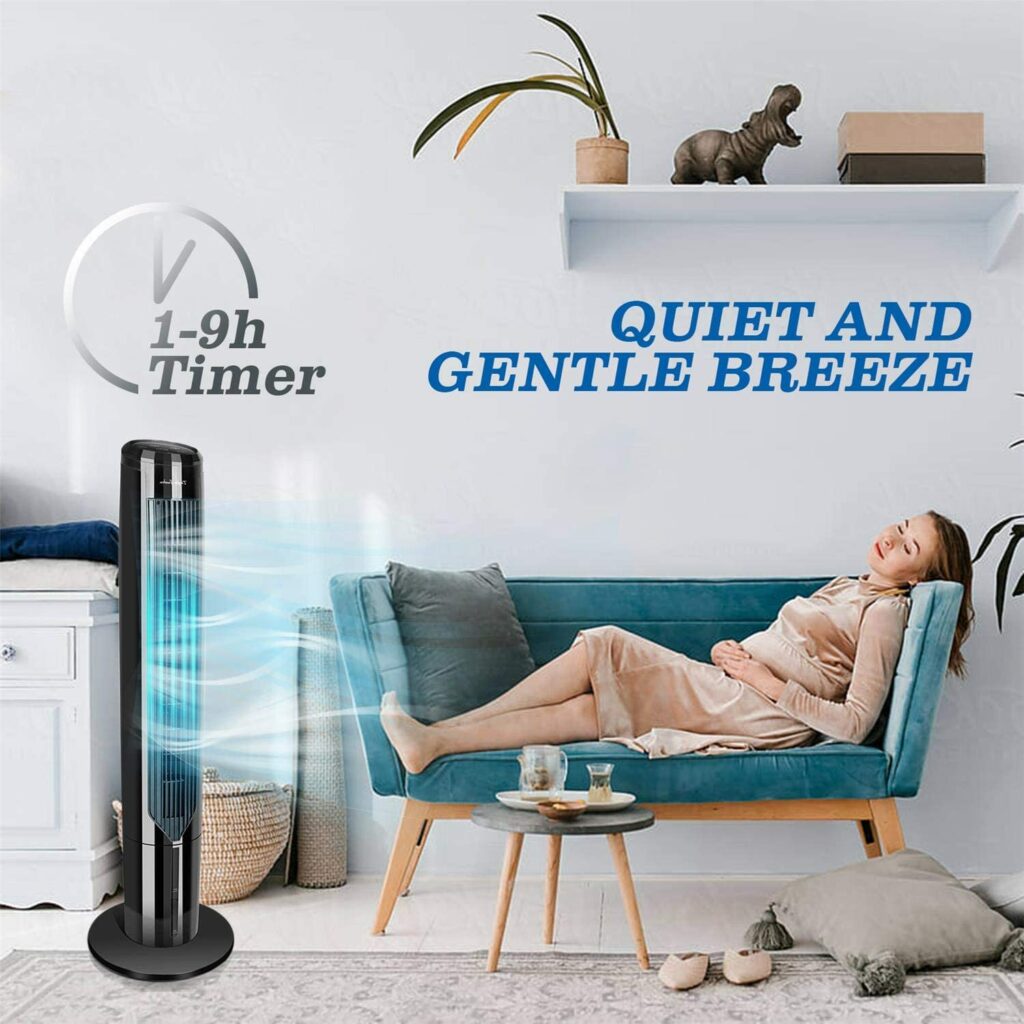
The most common error individuals make with their evaporative cooler is using it on humid days. This is never going to work. The entire purpose of an evaporative cooler is to lower the temperature by allowing fresh water to evaporate into dry air.
The temperature in that location naturally drops as water evaporates, and this cold air is then blasted where you need it by the system’s fan. This works in the same way as sweating does: damp skin cools in dry air, making your body cooler.
Keep the Windows Open
Operating an evaporative cooler necessitates “unlearning” several aspects of regular air conditioning. While an air conditioner performs best in a sealed and insulated environment, swamp coolers benefit from a constant flow of fresh air.
When you operate a swamp cooler, water evaporates into the air, creating moist air in your home.
However, the less effective an evaporative cooler is, the more humid the air in your home is. Keep a few windows cracked to let dry air in and moist air out to remedy this problem.
Make Use of a Dehumidifier
If it’s simply too hot to open the windows, a dehumidifier can be added to your cooling armory. A dehumidifier extracts moisture from the air and stores it in a water tank until it’s time to empty it.
A dehumidifier, by itself, can make your house feel cooler in the summer on a humid day by drying the air and allowing your body’s natural sweat to function more effectively. It can also enhance the efficiency of your swamp cooler using the same approach.
Just place your dehumidifier near the air intake grill of your evaporative cooler for optimal results. This will ensure that the driest air possible flows through the cooling pads, allowing for maximum evaporation.
Use a Cold Water
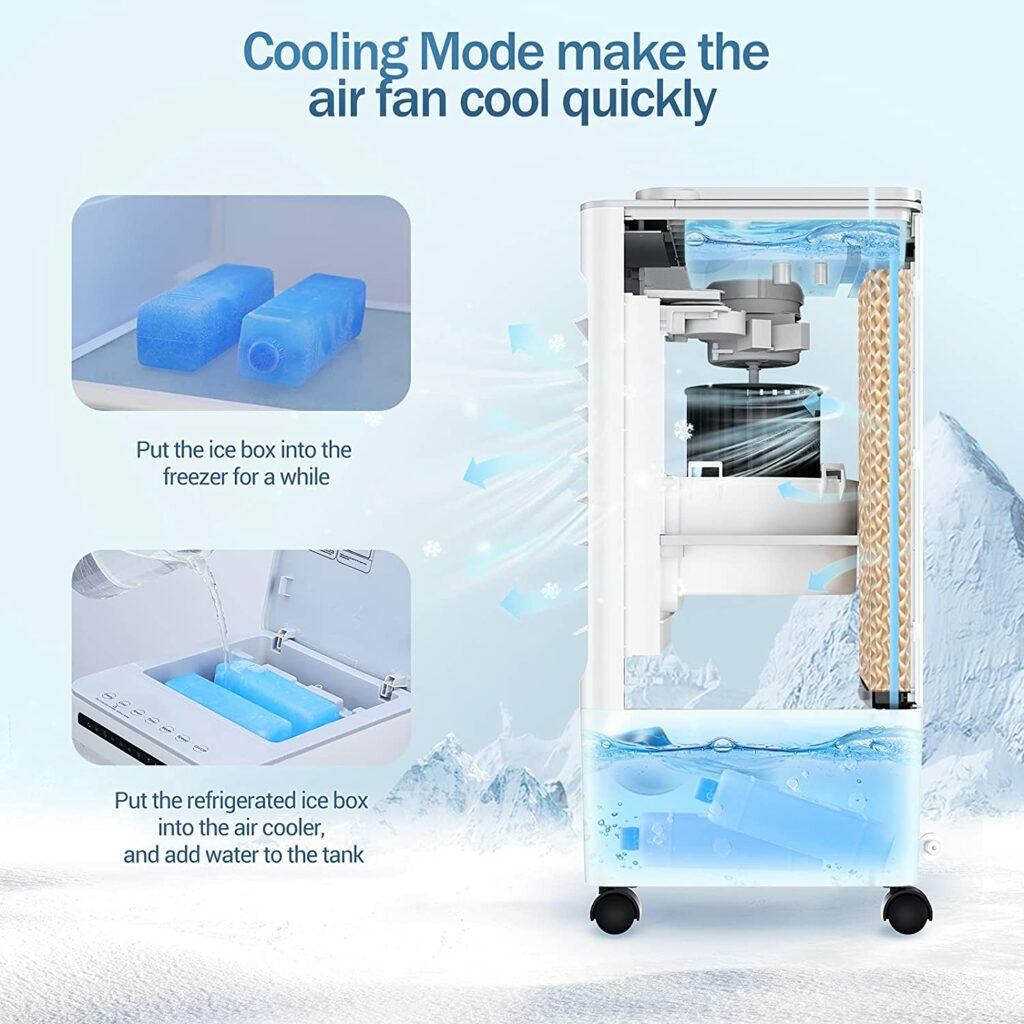
Though it may appear that hot water would evaporate faster because it is closer to the boiling point (at which water dissipates rapidly into the air), cold to room temperature water works better.
Forget the Ice
Cold water, on the other hand, has limited effects. While the best temperature was discovered to be 50 degrees in the study cited above, adding ice to bring the water down to the 30s or 40s doesn’t assist much.
This is because the ice must melt before it can evaporate, which takes time, so you’re not actually enhancing the efficiency of the evaporation process, which accounts for the majority of your cooling in this system.
Wrapping Up
Swamp coolers are a cost-efficient, environmentally friendly, and effective way to cool off. They function well in areas with a dry, hot climate. Before purchasing one, make sure to examine the CFM rating, coverage area, and a few other aspects.
The Evapolar swamp cooler will keep your personal space cool without causing any problems. It is reasonably priced and employs cutting-edge technology. It is also safe for the environment.


